Repair of Chronic Lateral Malleolus Malunion with Deltoid Ligament Reconstruction and Syndesmotic Stabilization
Score and Comment on this Case
Clinical Details
Clinical and radiological findings: A 58-year-old male presented with a chronic external rotation deformity of the ankle following an injury sustained 4 months prior while working abroad. Initial examination revealed a malunited lateral malleolus fracture with associated deltoid ligament injury. Radiographic evaluation confirmed the malunion and an MRI indicated grade 3 chondromalacia laterally. The patient's medical history was notable for newly diagnosed prediabetes, with a hemoglobin A1C of 6.3.
Preoperative Plan
Planning remarks: The preoperative plan included arthroscopic debridement to address the chondromalacia, open reduction and internal fixation (ORIF) of the fibula malunion via a lateral approach, and deltoid ligament repair using suture anchors. Given the chronic nature of the injury and the patient's prediabetic status, a Syndesmotic Ladder technique was also planned to ensure syndesmotic stability.
Surgical Discussion
Patient positioning: The patient was positioned supine on the operating table with a bump under the ipsilateral hip to facilitate external rotation of the hip and access to the lateral aspect of the ankle.
Anatomical surgical approach: A lateral approach to the fibula was utilized, beginning just distal to the tip of the lateral malleolus and extending proximally along the shaft of the fibula. Subperiosteal dissection exposed the site of malunion. For deltoid ligament repair, a medial incision was made over the medial malleolus, and careful dissection was performed to expose the deltoid ligament without disturbing the overlying tibialis posterior tendon.
Operative remarks:Intraoperatively, extensive grade 3 chondromalacia was noted laterally, necessitating thorough debridement. The fibula malunion required osteotomy, realignment, and fixation with an Apollo locking fibula plate. The deltoid ligament was repaired using JuggerKnot all-suture anchors, ensuring restoration of medial stability. The Syndesmotic Ladder technique was employed to address syndesmotic instability, reflecting the complexity of managing chronic ankle injuries in patients with metabolic disorders such as prediabetes.
Postoperative protocol: Postoperative rehabilitation protocol included non-weight bearing (NWB) for 6 weeks followed by progressive weight bearing as tolerated. Range of motion exercises were initiated early, with close monitoring of glycemic control.
Follow up: Not specified
Orthopaedic implants used: GLW Medical Innovation Apollo locking fibula plate, Zimmer Biomet JuggerKnot all-suture anchors. Oiginally posted on LinkedIn by William Crawford, MD FAAOS
Author's Resources & References
Search for Related Literature
Industry Sponsership
contact us for advertising opportunities
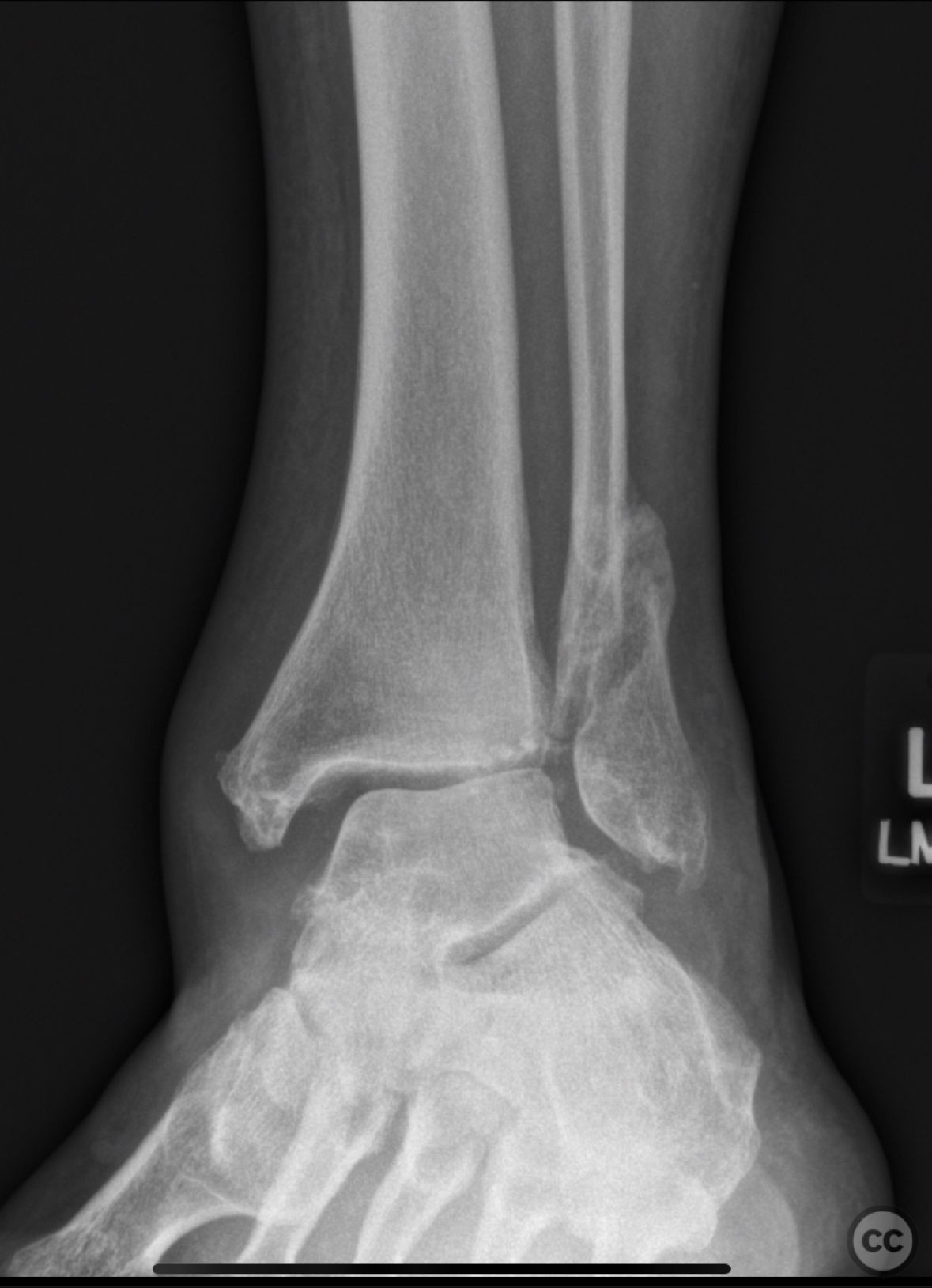
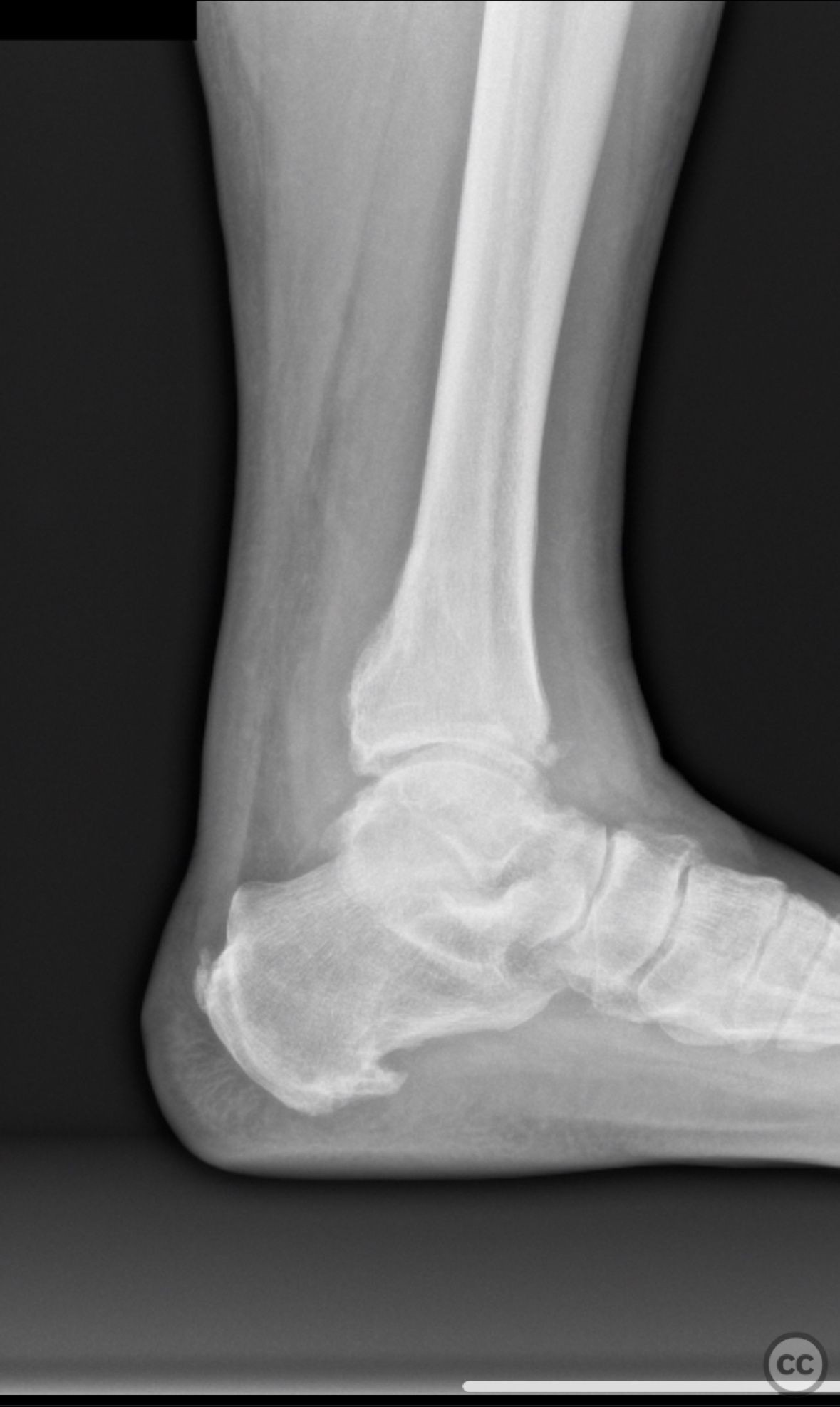
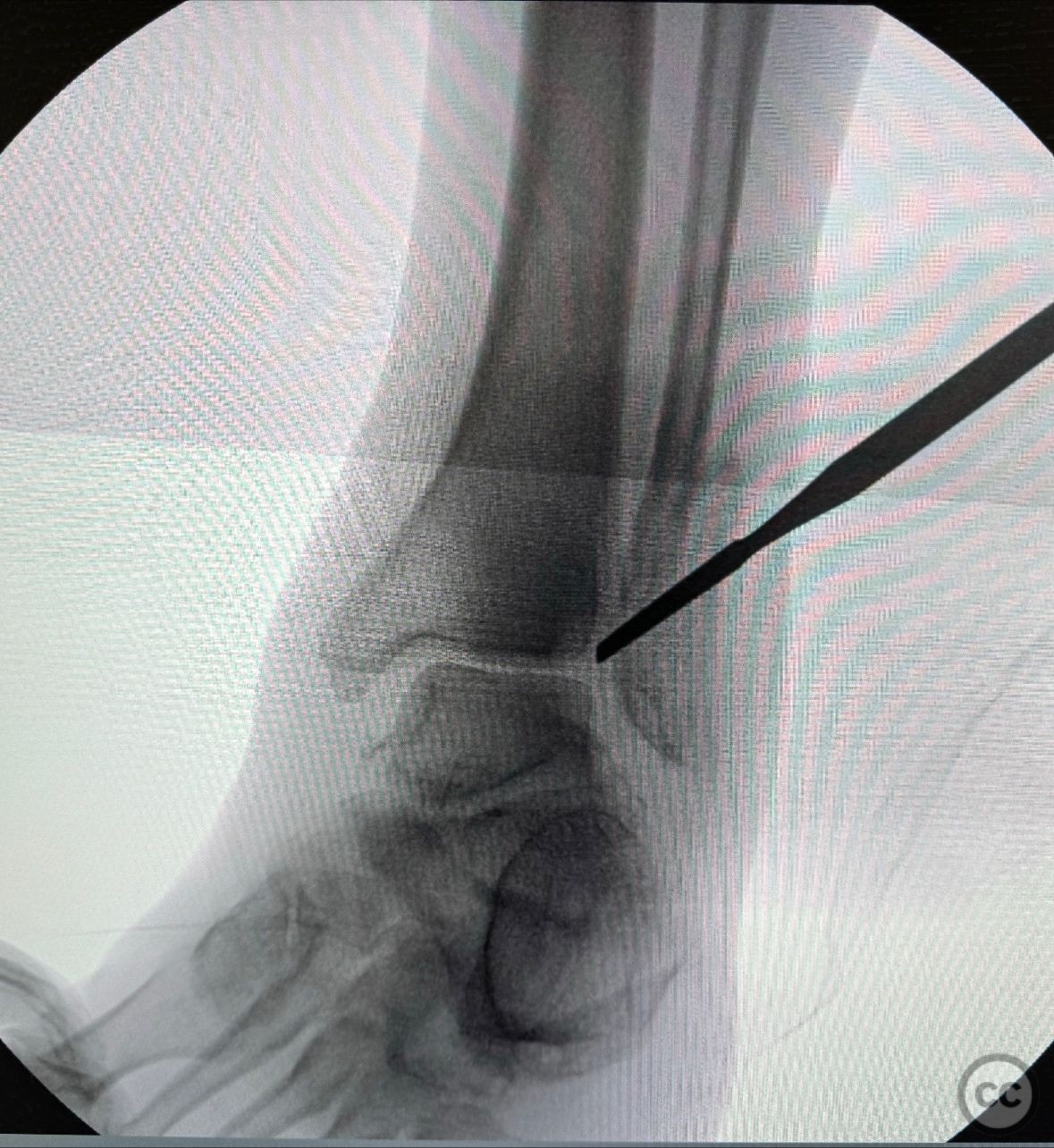
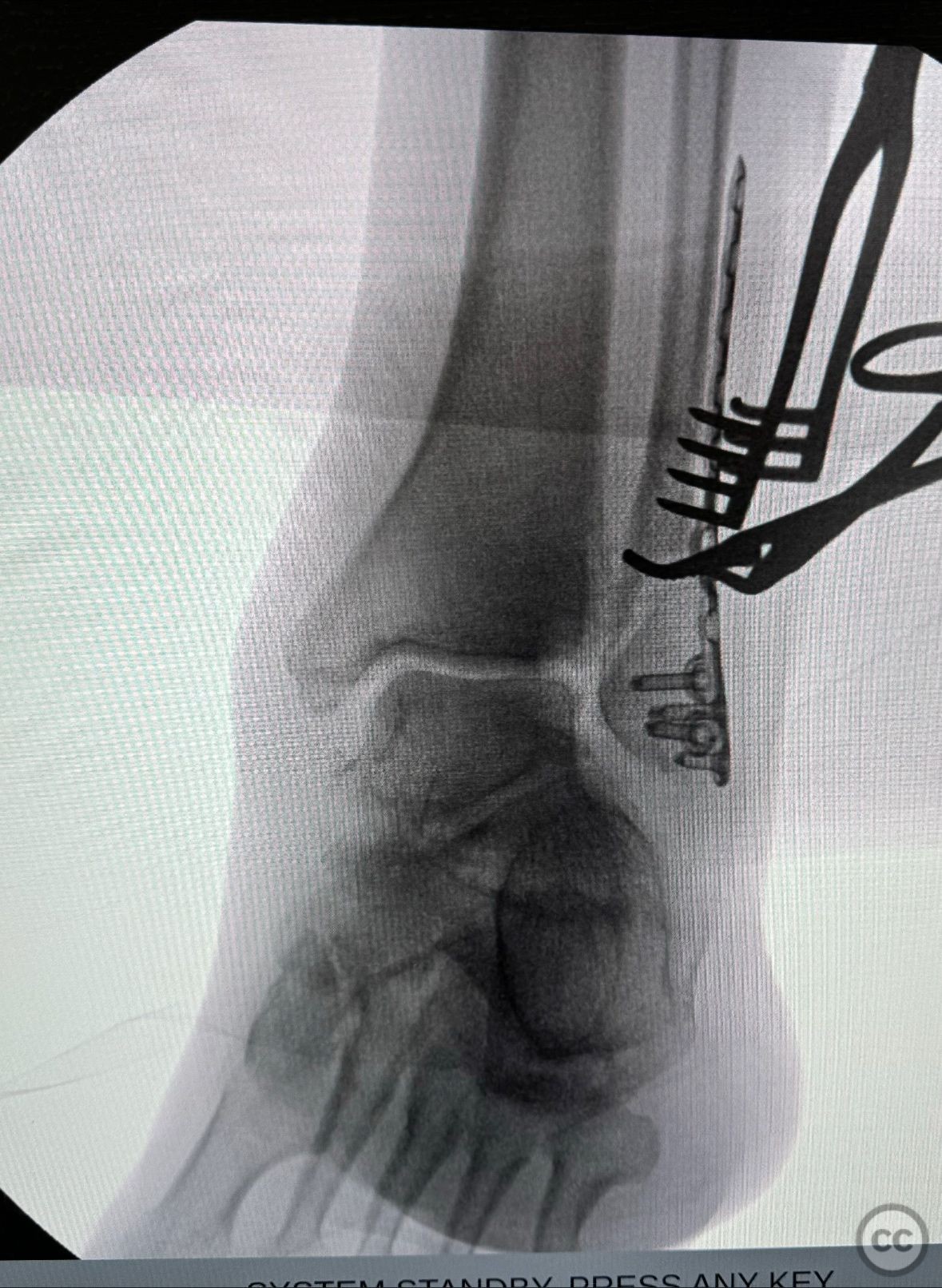
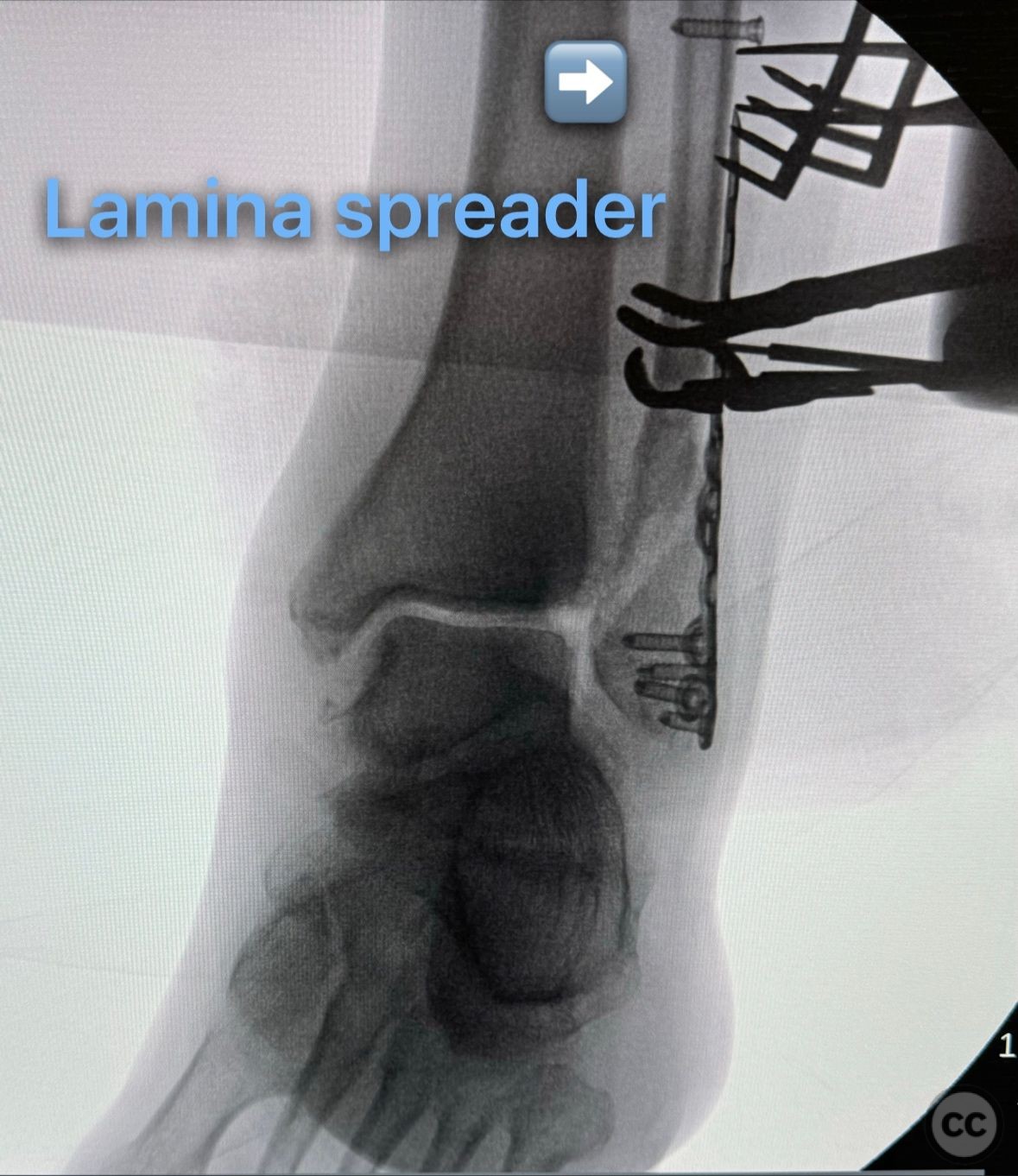
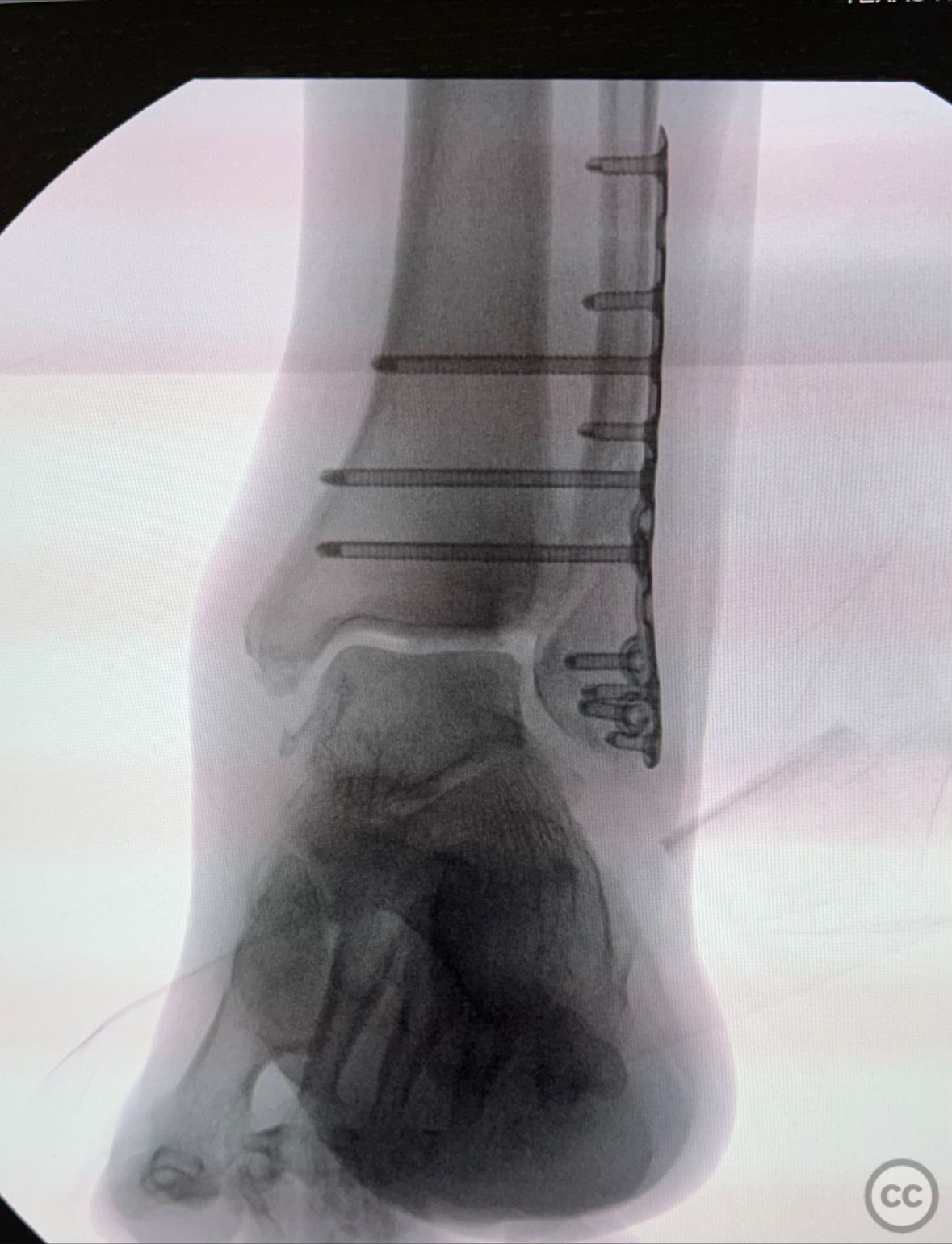
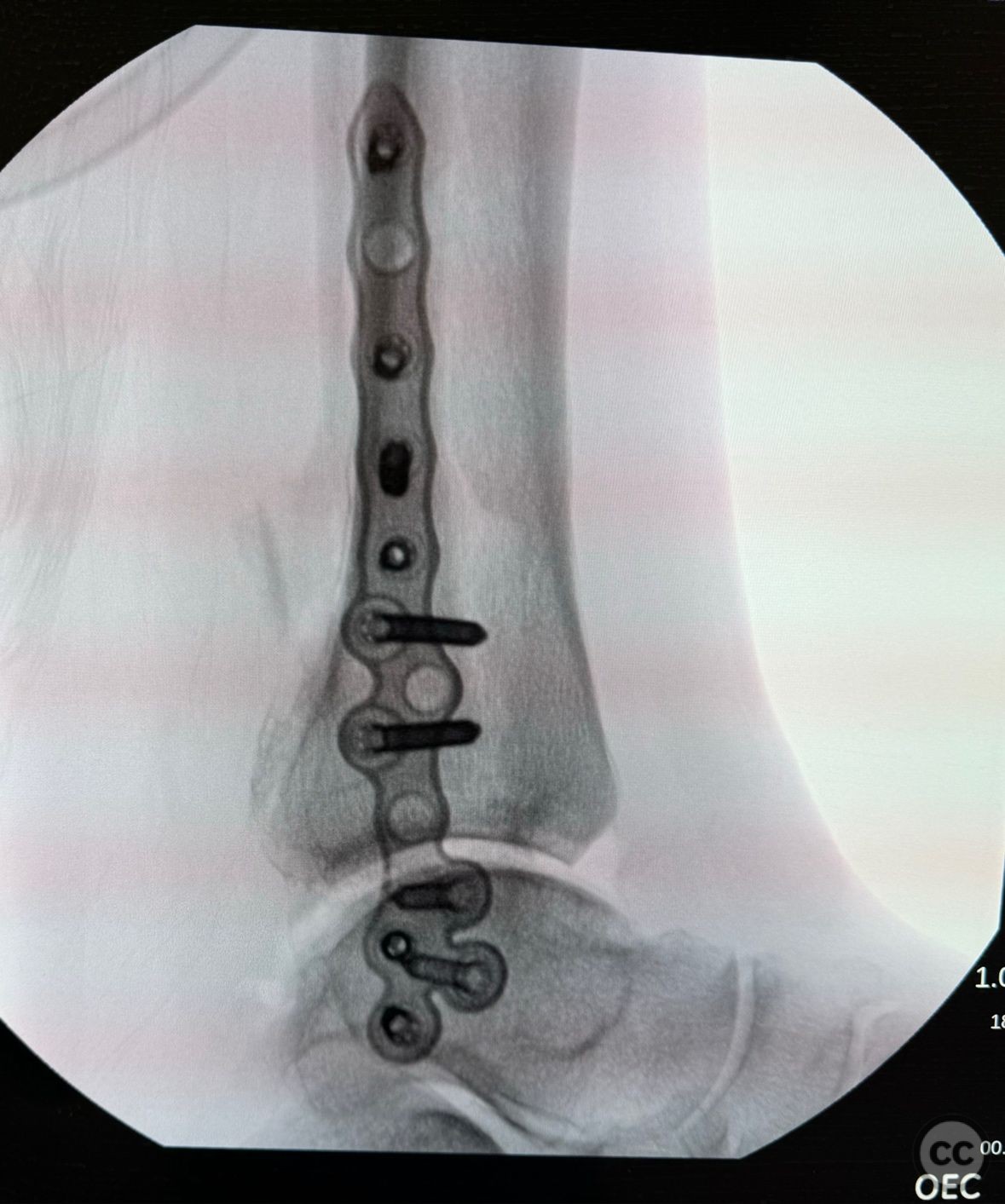


Article viewed 377 times
12 Mar 2024
Add to Bookmarks
Full Citation
Cite this article:
LinkedIn. (2024). Repair of Chronic Lateral Malleolus Malunion with Deltoid Ligament Reconstruction and Syndesmotic Stabilization. Journal of Orthopaedic Surgery and Traumatology. Case Report 30102656 Published Online Mar 12 2024.